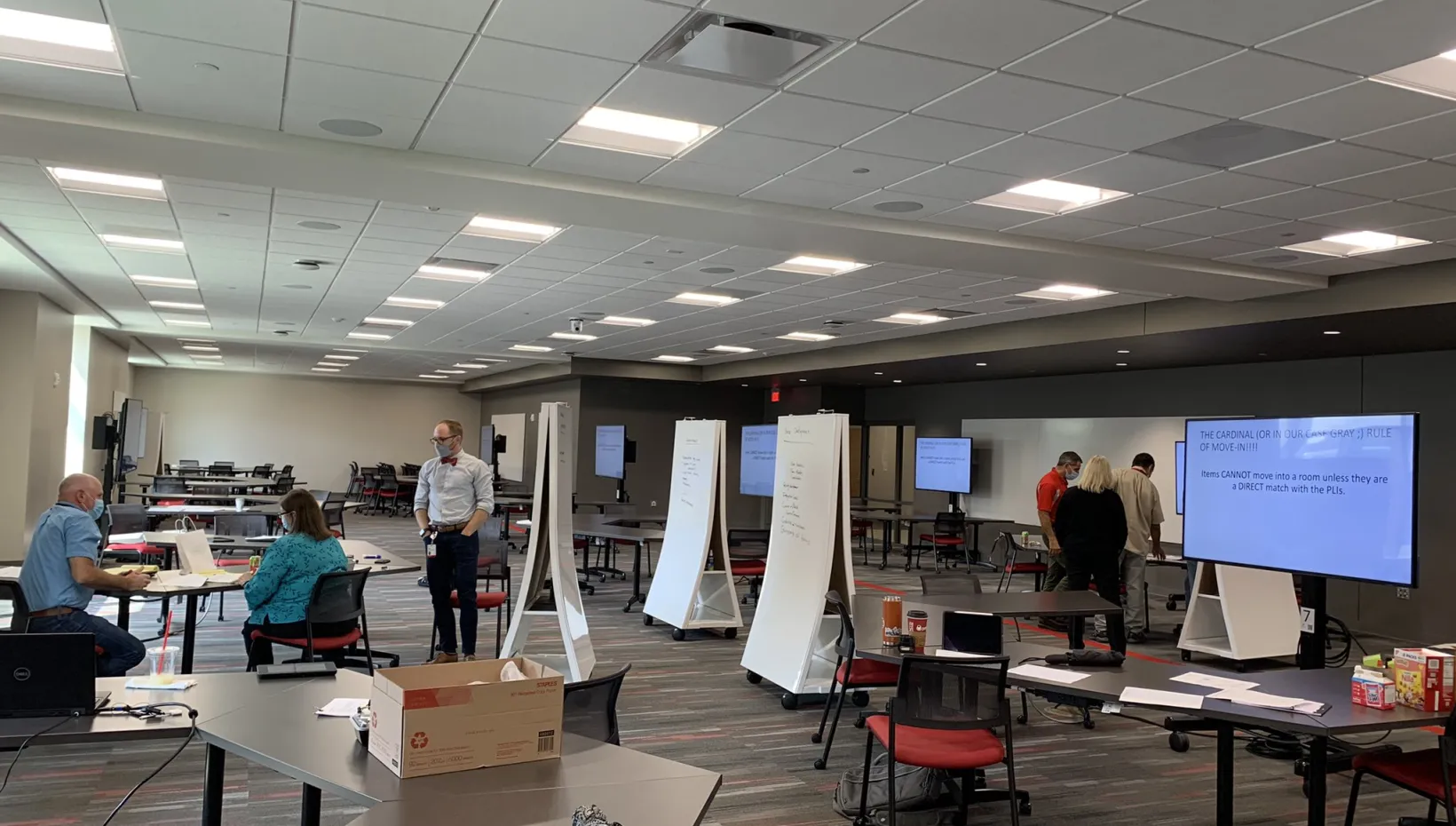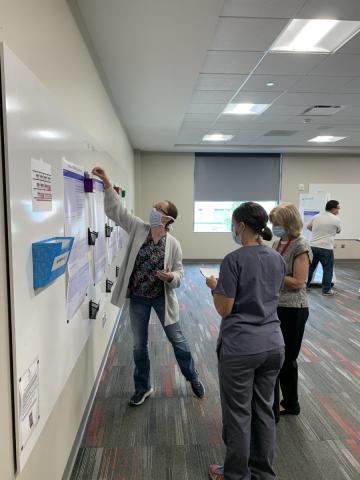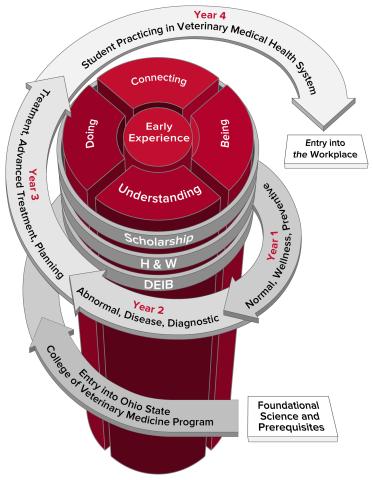Curriculum redesign ensures the success of future veterinarians

Article by: Allison Burk
Originally Published

The science of teaching (pedagogy) has evolved tremendously since the college’s four-year DVM program was first established in 1915. Upon the publication of the 2018 American Association of Veterinary Medical Colleges (AAVMC) competency-based veterinary education (CBVE) framework, the college began a major curriculum redesign in the following year with a fresh perspective about the new generation of learners who would benefit from innovative teaching. This redesign will be the most holistic revision to the curriculum in decades.
DVM student education, a product of clinicians' and researchers' input, is critical. Having a diverse group involved in the curriculum redesign process and incorporating their thought leadership from a variety of perspectives ensures there is no pathway left out for which our students might find themselves. Over the last three years, the college’s faculty, staff, alumni, and external stakeholders have identified what the goals are for DVM graduates, created a new curriculum framework rooted in an evidence-based concept, and used backward design — developed the specific performance level indicators and milestones that will help guide content development.
The college gathered additional input for framing the new curriculum by surveying more than 300 general practitioners and learned that the skills they deemed critical for new graduates largely overlapped with the input from the other groups involved in the redesign.
“Science is infused in everything we do, and our graduates need a strong background in that," said Emma Read, DVM, MVSc, DACVS, associate dean for professional programs.
Dr. Read has worked closely with the college’s Council for Professional Education and the college’s faculty and staff to implement these changes and is also impacting national change as a member of the AAVMC’s Council for Outcome-Based Veterinary Education, formally known as the CBVE working group.
“We graduate ‘career-ready veterinarians,’ and the field of veterinary medicine is so diverse that we need to prepare our graduates for a broad series of possibilities across the spectrum of care and support them in what they choose to do,” said Read.

At the core of the new curriculum is general practice and workplace experience. Students will have the opportunity to participate in shifts in the new Frank Stanton Veterinary Spectrum of Care Clinic beginning the first semester of the DVM program and continuing throughout all four years. The new DVM program is designed for students to self-regulate and drive their own learning. There is an emphasis on hands-on and small-group learning, and the shift in curriculum ensures the college maintains a breadth of choice and offerings.
It will be clear to students how to evaluate where they are in their process and what they must do to progress forward. Faculty will use constant monitoring and feedback loops to ensure the quality and success of the program. All these things will allow students to tailor their program to ensure they have fully comprehended it and feel confident and competent to practice upon graduation.
“As the role of veterinarians in our society grows and shifts, we need to prepare our graduates to be exceptional clinical veterinarians, researchers, leaders and innovators of the future,” said Ryan Jennings, DVM, PhD, DACVP, associate professor in the Department of Veterinary Biosciences and member of the Curriculum Redesign Team.
“This redesign is meant to be an intentional means of reassessing the who, what, how and why of our curriculum, with the goal of creating well-rounded, confident, skilled and empowered veterinarians,” Jennings said.
The Ohio Department of Higher Education and The Council on Academic Affairs (CAA), the curriculum committee for all of Ohio State’s campus, has approved the curricular redesign proposal for the college, paving the way for fall 2022 implementation.
“This curriculum redesign process could not have been possible without the tireless efforts from faculty and staff, and input from alumni and stakeholders,” said Rustin Moore, DVM, PhD, DACVS, dean, College of Veterinary Medicine. “This process is critical to ensuring that we are advancing the education and success of our students and producing competent and confident veterinarians who exemplify what it means to Be The Model® as leaders in veterinary medicine.”